A new and quicker method of diagnosing diseases in patients has been created by researchers at the University of Leeds.
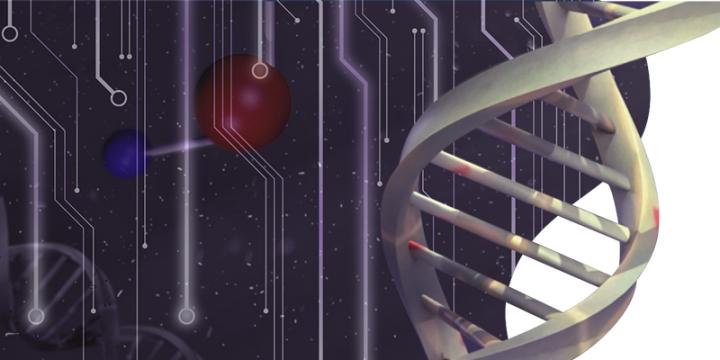
news, journals and articles from all over the world.

A new and quicker method of diagnosing diseases in patients has been created by researchers at the University of Leeds.
A bioengineering technique to boost production of specific proteins could be the basis of an effective vaccine against the novel coronavirus that causes COVID-19, new research suggests.
Sexual harassment is not a new or rare phenomenon in the workplace, but since the #MeToo movement began in late 2017, more victims have come forward to report allegations of harassment at work, including at health care institutions.
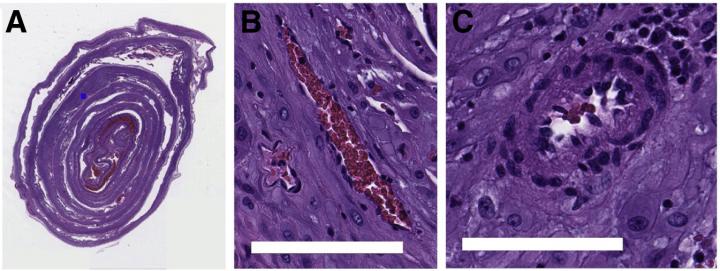
After a baby is born, doctors sometimes examine the placenta–the organ that links the mother to the baby–for features that indicate health risks in any future pregnancies.
Researchers from Boston Medical Center’s Maxwell Finland Laboratory for Infectious Diseases have identified properties in placenta tissue that may play an important role in preventing the transmission of COVID-19 from a mother with the virus to her fetus.
Caring for a partner or spouse with a new diagnosis of Alzheimer’s or related dementia is associated with a 30% increase in depressive symptoms, compared to older adults who don’t have a spouse with dementia—and these symptoms are sustained over time, a new University of Michigan study found.
Two UC San Diego School of Medicine-led analyses report that e-cigarettes are not effective in helping adults to quit smoking.
The world is one step closer to having a totally secure internet and an answer to the growing threat of cyber-attacks, thanks to a team of international scientists who have created a unique prototype which could transform how we communicate online.

Less screen time and more green time are associated with better psychological outcomes among children and adolescents, according to a study published September 2 in the open-access journal PLOS ONE by Tassia Oswald of the University of Adelaide, and colleagues.
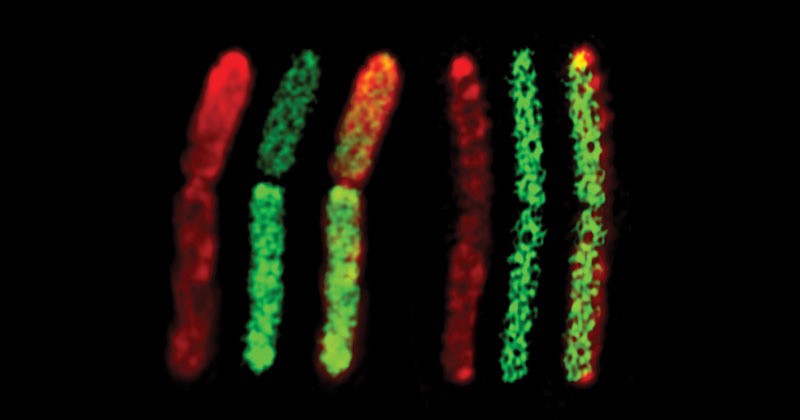
Understanding how bacteria interact is critical to solving growing problems such as antibiotic resistance, in which infectious bacteria form defenses to thwart the medicines used to fight them. Researchers at the University of Delaware have discovered that bacterial cells from different species can combine into unique hybrid cells by fusing their cell walls and membranes and sharing cellular contents, including proteins and ribonucleic acid (RNA), the molecules which regulate gene expression and control cell metabolism.
States that have expanded Medicaid eligibility under the Affordable Care Act have seen an “early surge in demand” for hip and knee replacement surgery, reports a study in the September 2, 2020 issue of The Journal of Bone & Joint Surgery. The journal is published in the Lippincott portfolio in partnership with Wolters Kluwer.

COVID-19 comorbidities feature elevated levels of the extracellular protease plasmin. Plasmin is able to nick proteins at furin sites. This can increase viral infectivity, including SARS and MERS — the two coronaviruses that are related to the COVID-19 virus. COVID-19 has a spike protein furin site.
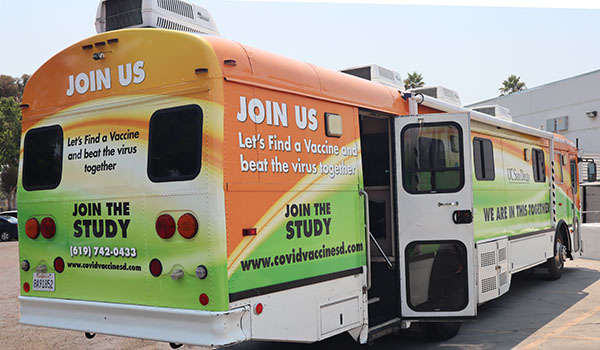
UC San Diego Health will be part of the Phase III national AstraZeneca clinical trial that will recruit up to 30,000 participants at multiple sites across the country to assess the safety and efficacy of a vaccine to prevent COVID-19.
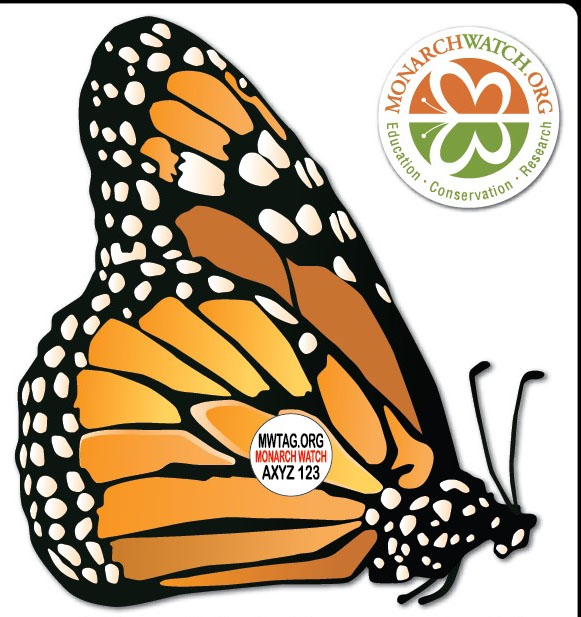
A recently published study presents evidence that the migration success of monarchs hasn’t declined in recent years and thus cannot explain the steep decline in the monarch population over the last few decades. The study drew on data collected on 1.4 million monarch butterflies that were tagged in the United States Midwest from 1998 to 2015 and emphasizes the need for new monarch habitat.
A new University of Kentucky College of Medicine study provides insight into how a protein called angiotensinogen contributes to blood pressure regulation and atherosclerosis.
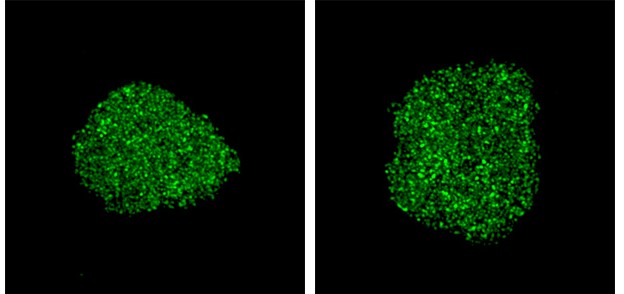
Researchers have long sought to explain precisely how the most common genetic mutation linked to both amyotrophic lateral sclerosis (ALS) and frontotemporal dementia causes the death of nerve cells.

As you drift into unconsciousness before a surgery, general anesthetic drugs flowing through your blood are putting you to sleep by binding mainly to a protein in the brain called the ɣ-aminobutyric acid type A (GABAA) receptor. Now UT Southwestern scientists have shown exactly how anesthetics attach to the GABAA receptor and alter its three-dimensional structure, and how the brain can tell the difference between anesthetics and the psychoactive drugs known as benzodiazepines – which also bind to the GABAA receptor. The findings were published online today in the journal Nature.

If cancer is a series of puzzles, a new study pieces together how several of those puzzles connect to form a bigger picture. A connection between three separate puzzles suggests targeting the amino acid methionine transporter in tumor cells could make immunotherapy effective against more cancers.

With just over two months before the 2020 election, three professors at the Indiana University Kelley School of Business offer a comprehensive review of how other nations are seeking to protect their democratic institutions and presents how a multifaceted, targeted approach is needed to achieve that goal in the U.S., where intelligence officials have warned that Russia and other rivals are again attempting to undermine our democracy.
In a new article published in the Journal of Investigative Dermatology, Moffitt researchers identify erythropoietin-producing hepatocellular receptor A2 (EphA2) as a driver of metastasis and BRAF-MEK inhibitor resistance in melanoma.
Brief interventions can potentially reduce incarcerated women’s alcohol use when they leave jail, according to a new study. Researchers explored jailed women’s impressions of how their friends and acquaintances drank and used drugs (“social norms”). Research shows that people who perceive their friends drinking heavily are more likely to drink heavily themselves, while individuals who realize that their friends in fact drink moderately tend to reduce their own alcohol use. Often, perceptions of substance use in a social network are skewed. Past research on this phenomenon has focused on college students, with slight attention to people involved in the criminal justice system. Two in three incarcerated adults have a substance use disorder — compared to one in ten of the general population — and consequently may regard their own alcohol and drug use as typical. Substance use is strongly implicated in criminal justice involvement and reoffending, especially for women. This study in Alcoho
Adolescents who perceive their parents to be loving and supportive are less likely to engage in cyberbullying, according to a new study by researchers at NYU Rory Meyers College of Nursing.
In a tremendous demonstration of global collaboration, clinician-scientists have pooled data from 121 hospitals in eight countries to find that inexpensive, widely available steroids improve the odds that very sick COVID-19 patients will survive the illness.
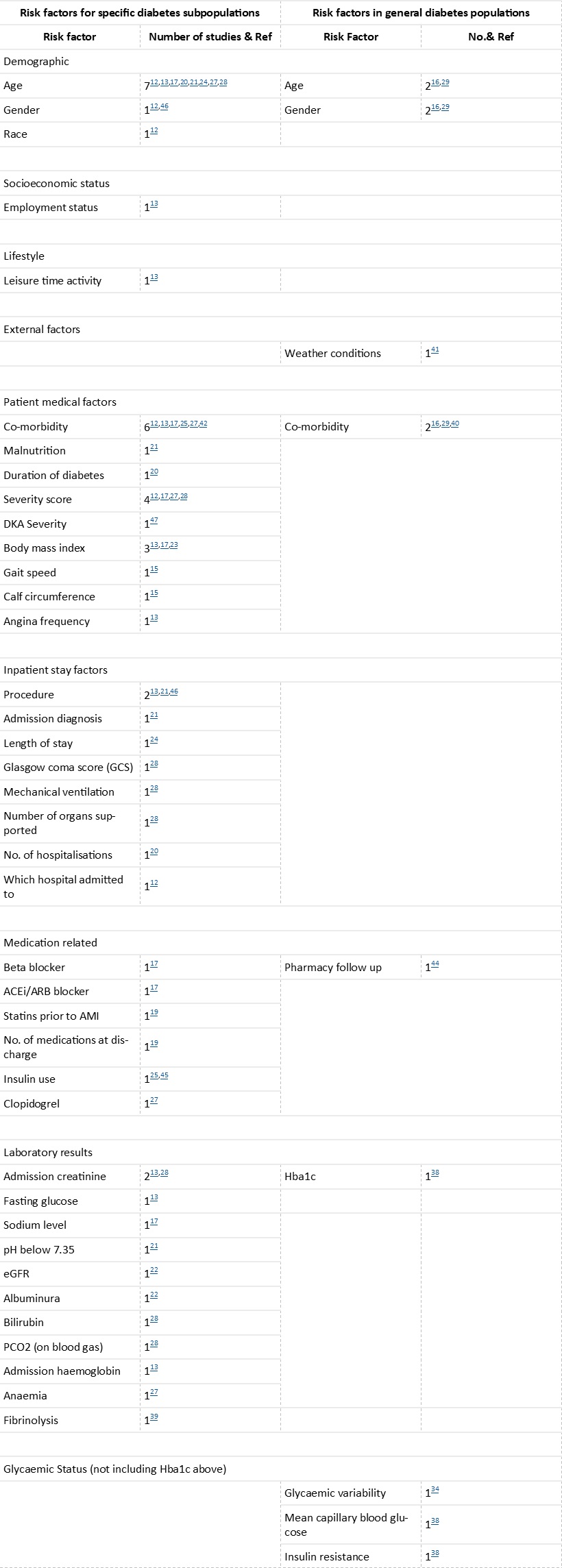
Patients with diabetes are at a higher risk of mortality when discharged from hospital
Alzheimer’s disease is more common in rural Appalachian Ohio communities than in other rural areas in the state – raising concerns about access to early, specialized care in a region where many residents face struggles getting the medical care they need, a new study has found.
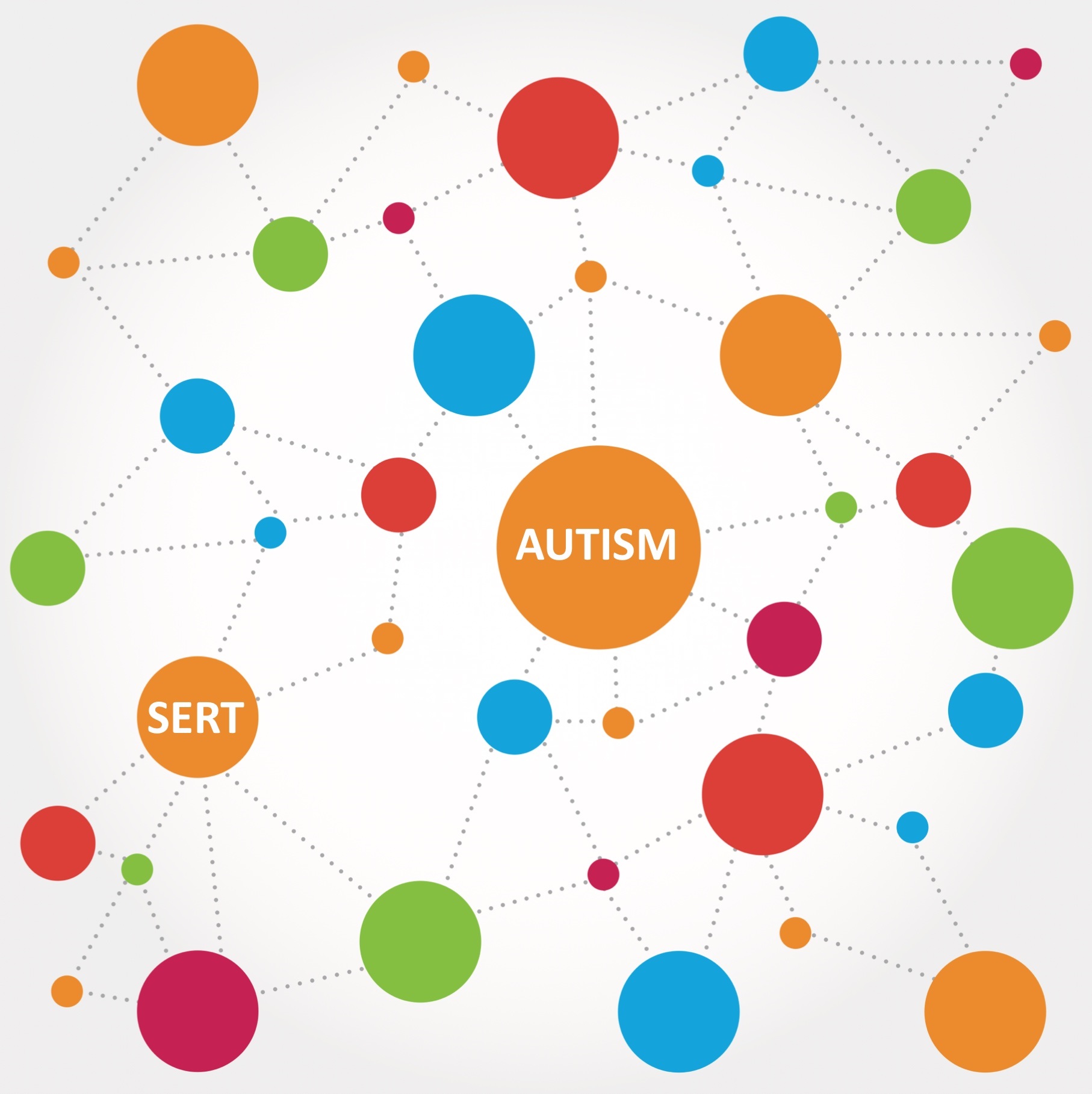
A study on serotonin, a mood-regulating molecule in the brain that regulates many brain synapses, is helping to unravel the puzzle surrounding its role in autism. The activity and regulation of the serotonin transporter (SERT), protein is critically dependent on a number of other proteins that tell the protein where to locate on nerve cells and how to act. Shifts in the transporter’s activity can significantly impact the ability of serotonin to act in the brain.
Researchers reporting in ACS’ Environmental Science & Technology Letters have detected indigo denim microfibers not only in wastewater effluent, but also in lakes and remote Arctic marine sediments.
Enteroviruses that make their way into surface waters can be inactivated by heat, sunshine and other microbes, reducing their ability to spread disease. But researchers report that global warming could cause viruses to evolve, rendering them less susceptible to these and other disinfectants, such as chlorine.
Increased levels of loneliness and anxiety reported early in the COVID-19 pandemic have declined in recent months, but about one-third of Americans say they are more depressed since the pandemic began, according to a study by the USC Center for the Digital Future.
Queen’s University Belfast and the University of Edinburgh have launched the first public, open access database which explores amnesties that were granted during ongoing conflicts, or as part of peace negotiations, or in post-conflict periods.
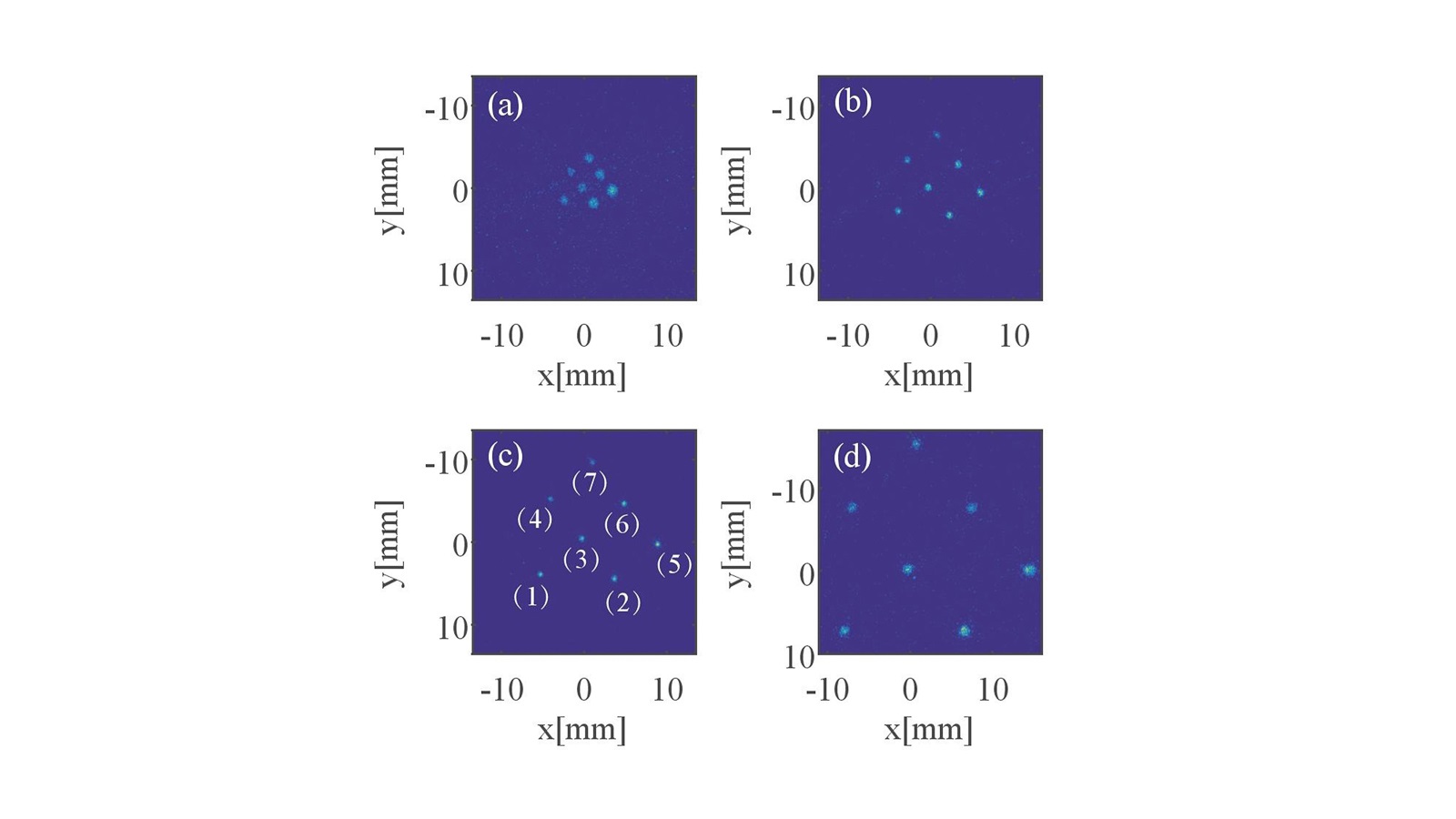
In a new study from Argonne, researchers have measured important beam properties that will help scientists develop more focused beams for high-impact science.
On March 28, the Food and Drug Administration (FDA) exercised its Emergency Use Authorization (EUA) authority to allow the use of hydroxychloroquine for the treatment of COVID-19.

Studies show that athletes and musicians achieve peak performance by constant practice, by setting specific goals, having strong mentors and cultivating perseverance, stoicism and grit. Could incorporating these principles into the training of surgeons improve their residency experience?
As the COVID-19 pandemic continues to put lives and livelihoods at risk, 1 in 2 Americans say they fear a major health event could lead them to file for bankruptcy, marking a 5% increase since 2019.

Animal species that are at home in the high mountains are finding their habitats reduced and fragmented by roads. In addition, they face competition from scavengers from lower boreal areas that find their way to the mountains.
The team from Marien Hospital and the department of Virology of Ruhr-Universität Bochum (RUB) as well as the Clinic for Infectious Diseases, the Clinic of Anesthesiology and the Institute for Virology of University Medicine Essen studied specific antibodies and T cells occurring in recovered, seriously ill and deceased Covid-19 patients.
Heart patients hospitalised with COVID-19 can safely continue taking angiotensin-converting enzyme (ACE) inhibitors and angiotensin receptor blockers (ARBs), according to the BRACE CORONA trial presented in a Hot Line session today at ESC Congress 2020.
A new study in mice helps explain why gut microbiomes of breastfed infants can differ greatly from those of formula-fed infants.

Research by Cornell College Assistant Professor of Psychology Christopher Hagan provides one more piece of information to better understand suicide and why it’s on the rise across the country.

DALLAS – Sept. 1, 2020 – Expanded telehealth services at UT Southwestern have proved effective at safely delivering patient care during the pandemic, leading to an increase in patients even in specialties such as plastic surgery, according to a new study.
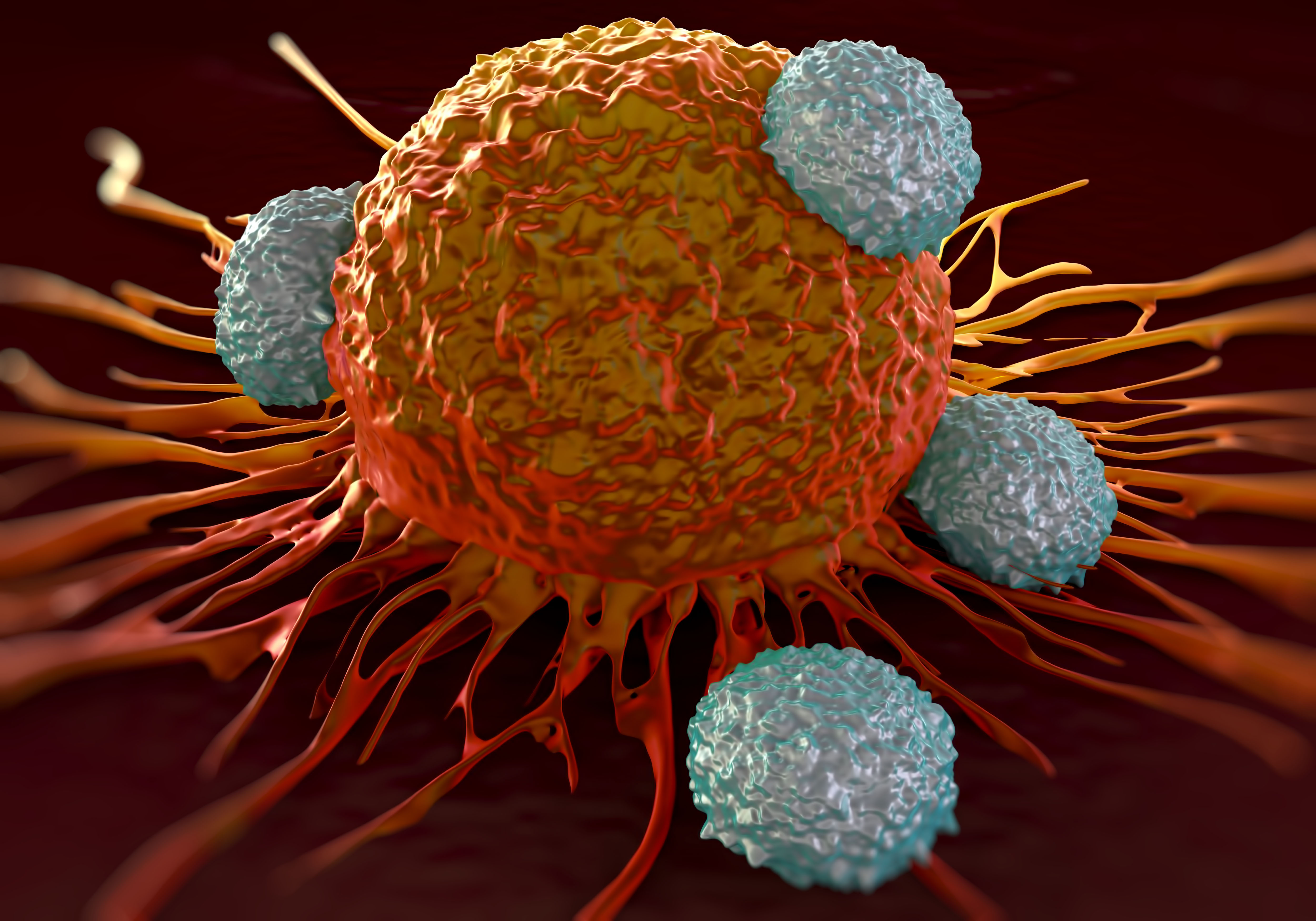
Johns Hopkins Medicine researchers have added to evidence that a gene responsible for turning off a cell’s natural “suicide” signals may also be the culprit in making breast cancer and melanoma cells resistant to therapies that use the immune system to fight cancer. A summary of the research, conducted with mice and human cells, appeared Aug. 25 in Cell Reports.
Researchers have developed a mapping system for visually impaired pedestrians in urban spaces. The technology weighs the environmental and semantic data important to the visually impaired, and emphasizes safe, accessible, and navigable routes.
After the killing of George Floyd by Minneapolis police, supporters of White Coats for Black Lives gathered in early June around the ring-shaped Memorial to Enslaved Laborers on the University of Virginia’s campus.
Newspaper coverage of COVID-19 is at least as politicized and polarized as climate change coverage, say University of Michigan researchers.

During the COVID-19 pandemic, Johns Hopkins Medicine Media Relations is focused on disseminating current, accurate and useful information to the public via the media. As part of that effort, we are distributing our “COVID-19 Tip Sheet: Story Ideas from Johns Hopkins” every other Tuesday.
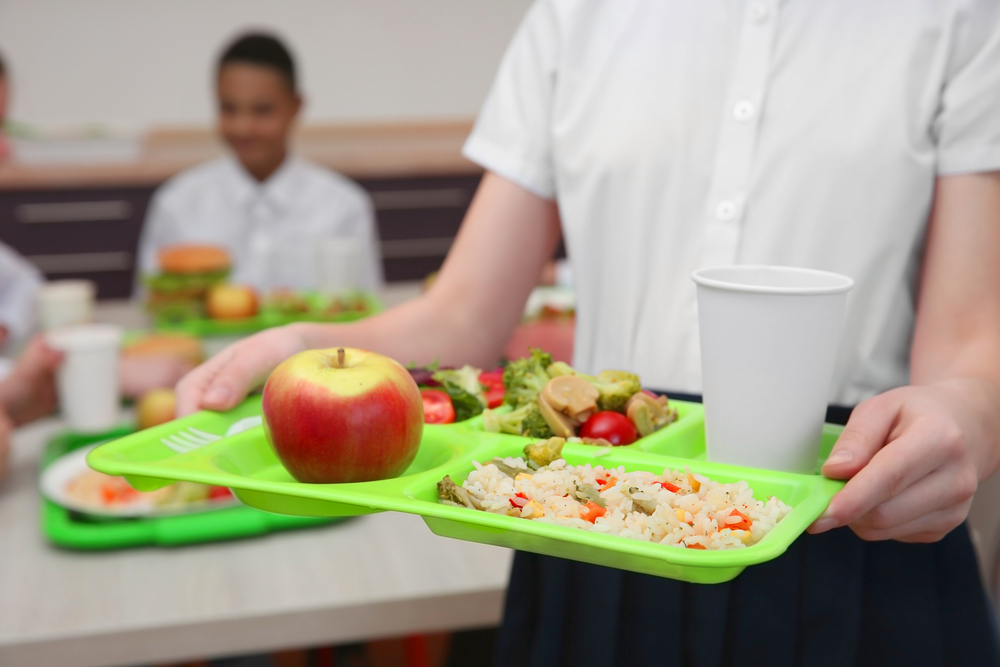
The coronavirus pandemic has brought a number of challenges to schools, which were forced to close in the spring to help slow the spread of infection. One major challenge for schools was ensuring that students’ nutritional supplementation needs were met when they were not attending school in person.As schools across the country begin to welcome students back in person or for virtual learning, equity must be at the forefront of decisions pertaining to school emergency food services, finds a new study from the Brown School at Washington University in St. Louis.
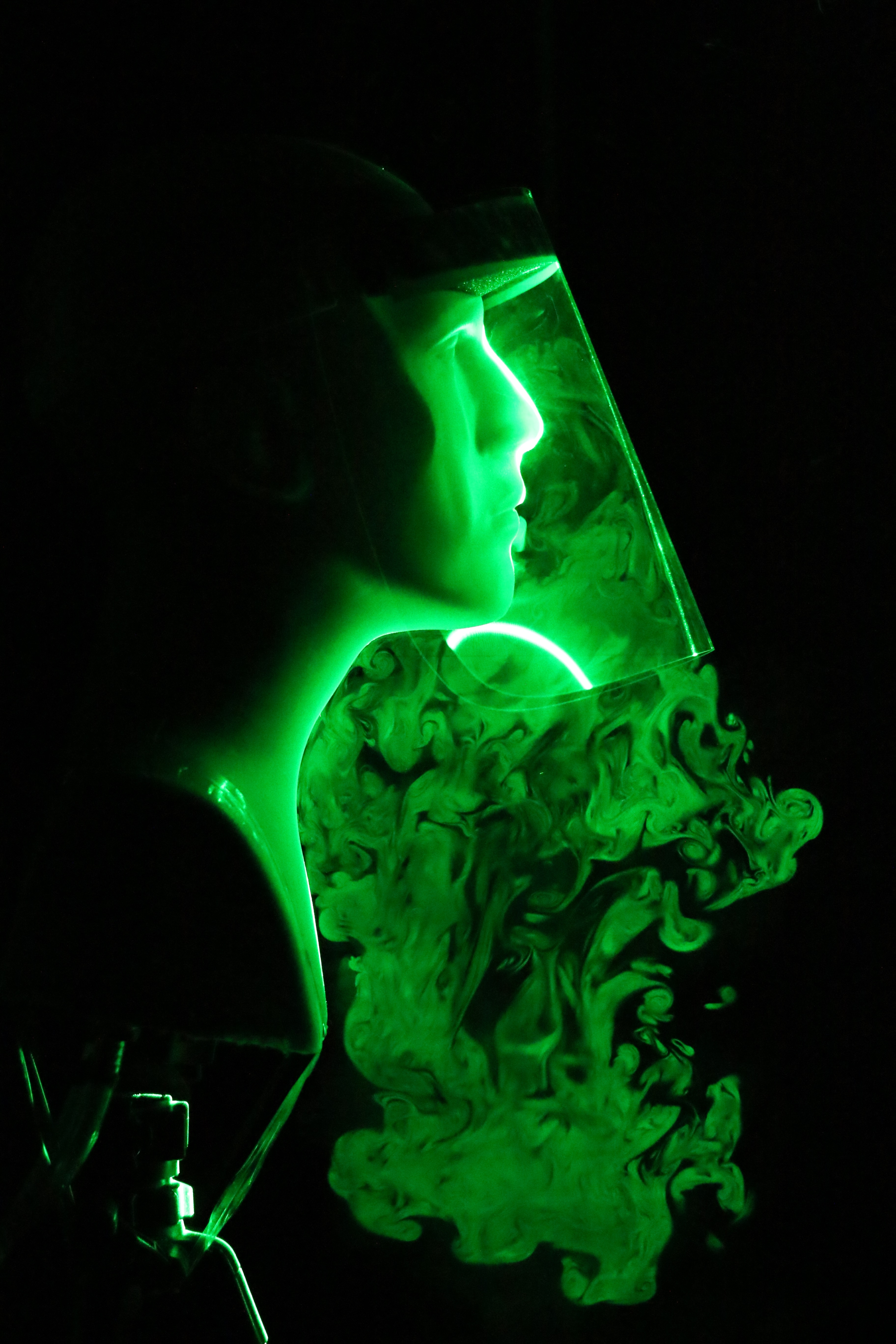
If CDC guidelines aren’t enough to convince you that face shields alone shouldn’t be used to stop the spread of COVID-19, then maybe a new visualization study will. Researchers simulated coughing and sneezing from a mannequin’s mouth using a laser light to visualize droplets expelled. They tested a plastic face shield and found that they block the initial forward motion of the exhaled jet, however, aerosolized droplets are able to move around the visor with relative ease.
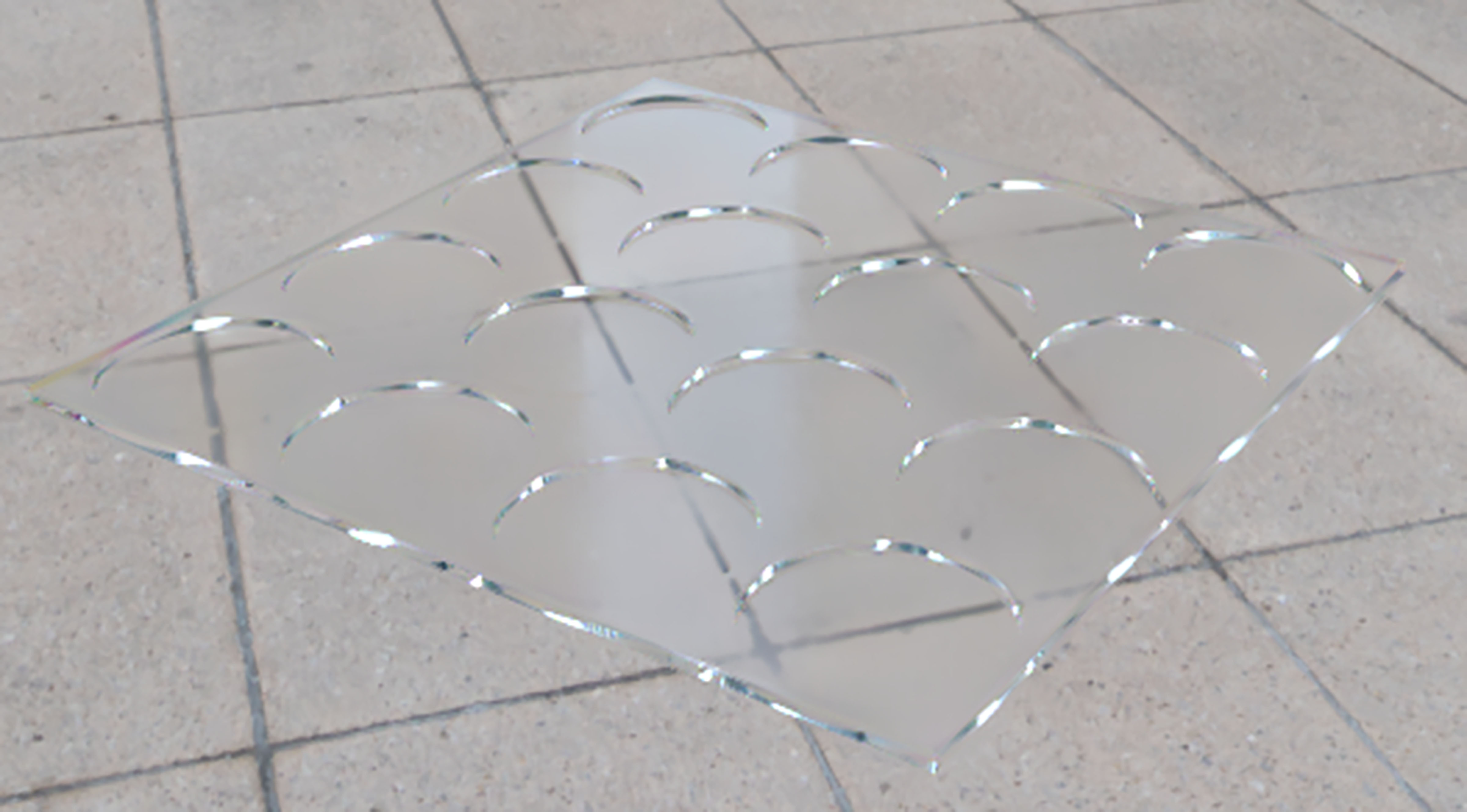
Glass windows typically offer some amount of sound proofing, sometimes unintentionally. In general, ventilation is required to achieve large sound transmission. But some applications — like gas explosion studies — require a transparent partition that allows for acoustic propagation without the presence of airflow. In those cases, ventilation is not allowed. In Applied Physics Letters, researchers discuss a layered glass material they developed that allows for efficient sound transmission with no air ventilation.
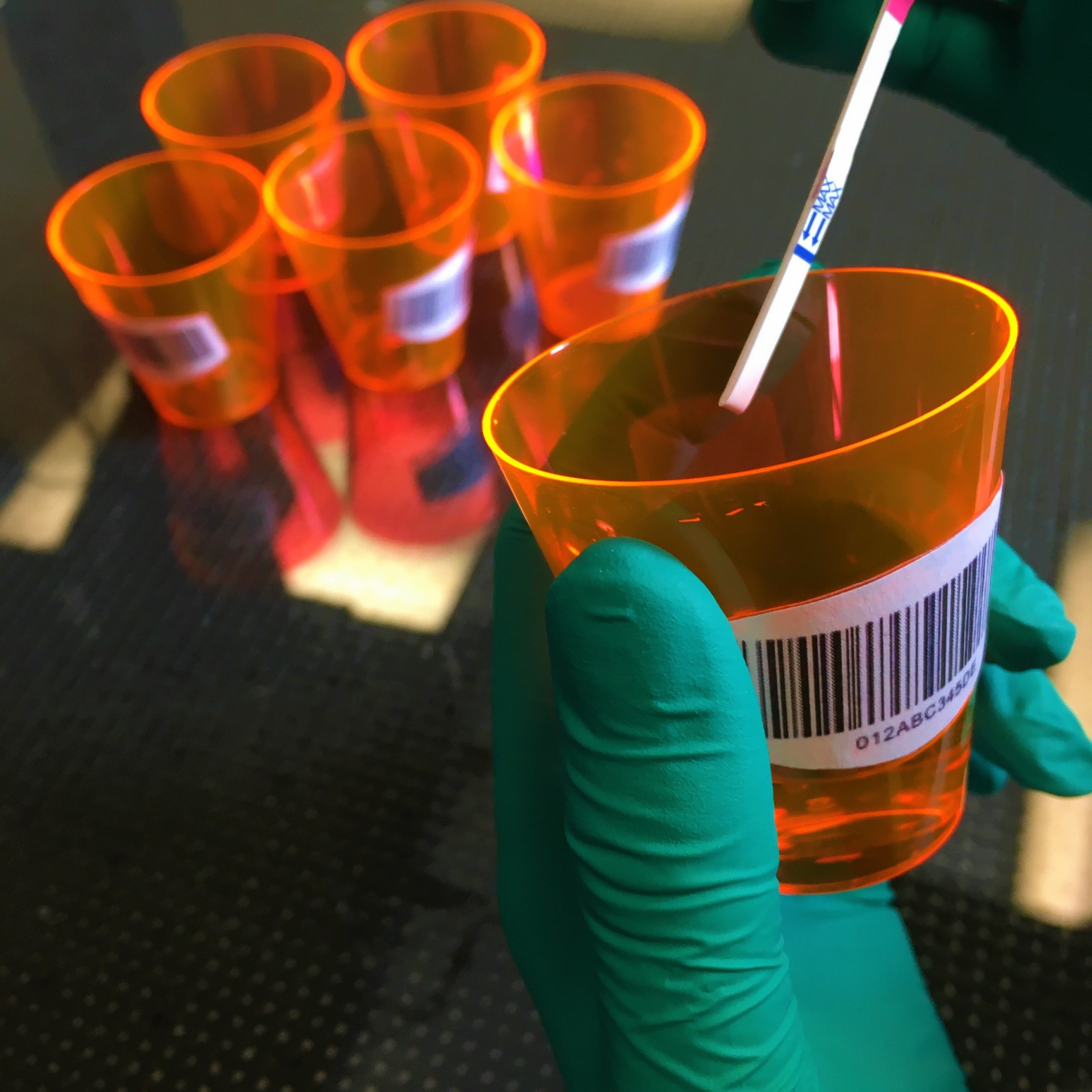
Diagnostic devices that are used at home or in doctors’ offices are often not sensitive enough to detect small amounts of a virus that might be present in samples from asymptomatic patients, which can occur in early stage COVID-19. In Biomicrofluidics, scientists report a membrane-based invention that can concentrate the virus content of a sample of urine or saliva, allowing it to be detected.
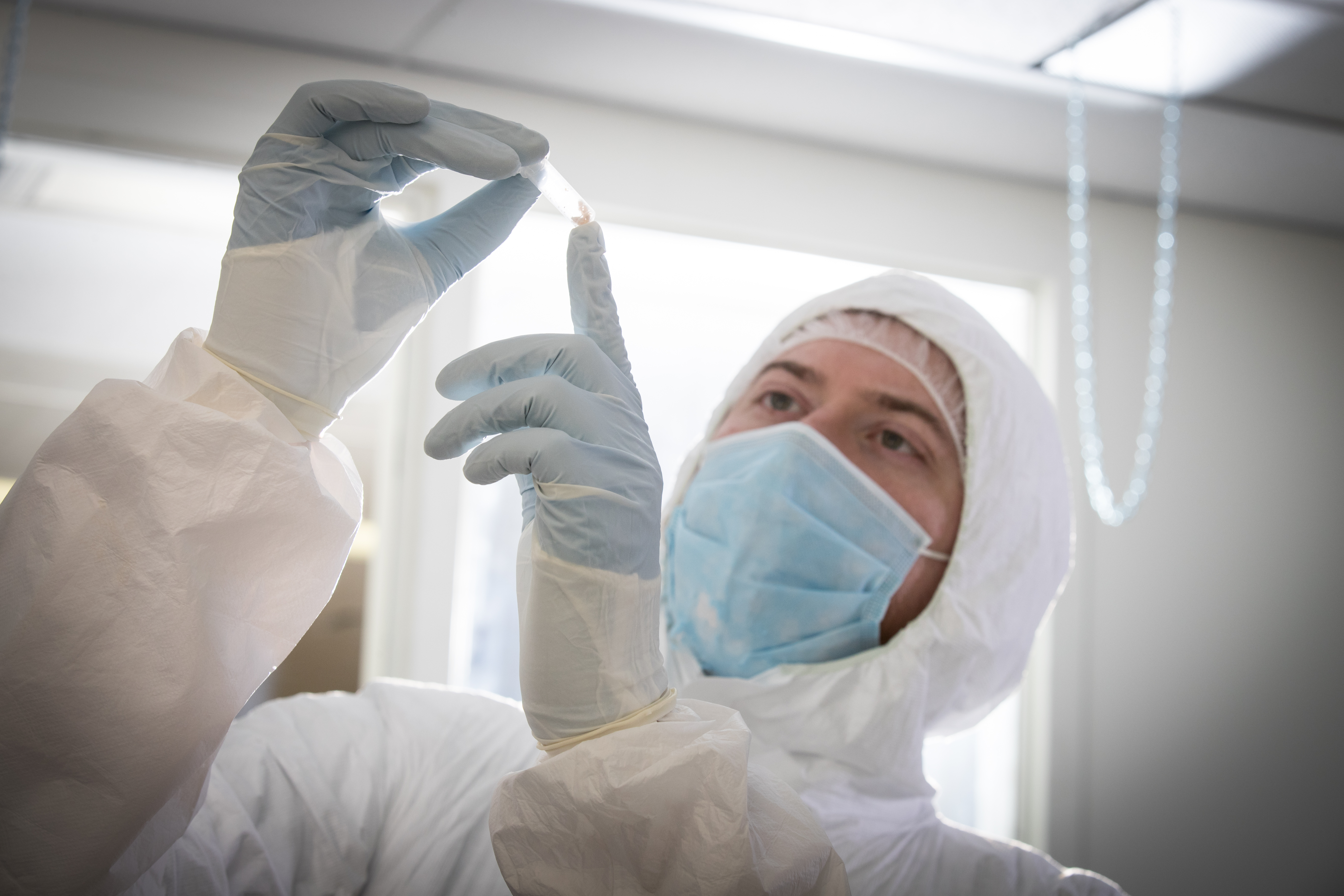
New research from an international team of evolutionary geneticists, bioinformaticians and paleontologists suggests that dramatic environmental changes accompanying the shift or melting of continental glaciers played a key role as American mastodons moved north from their southern ranges.